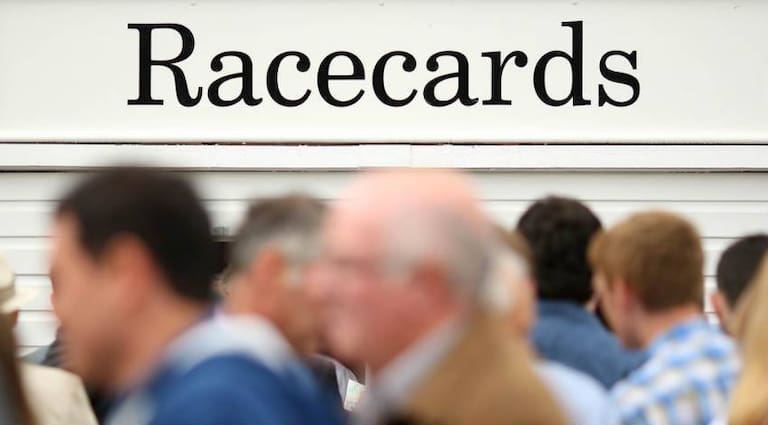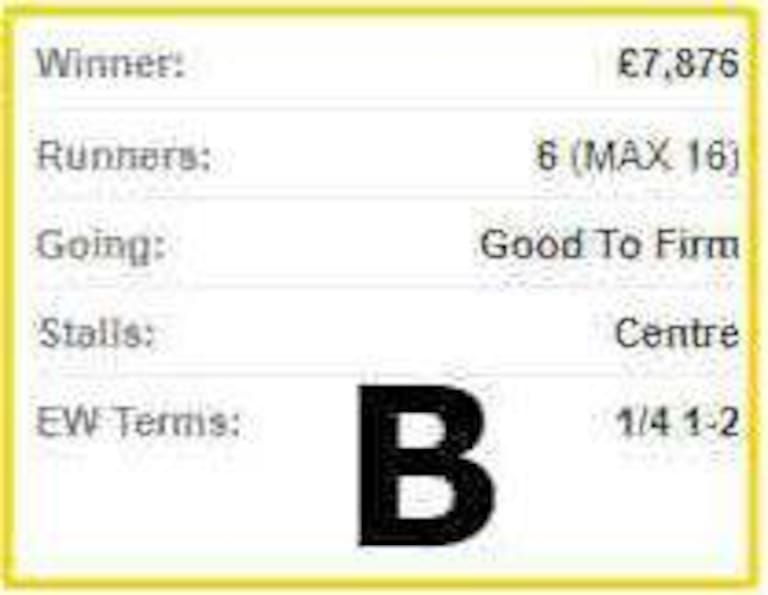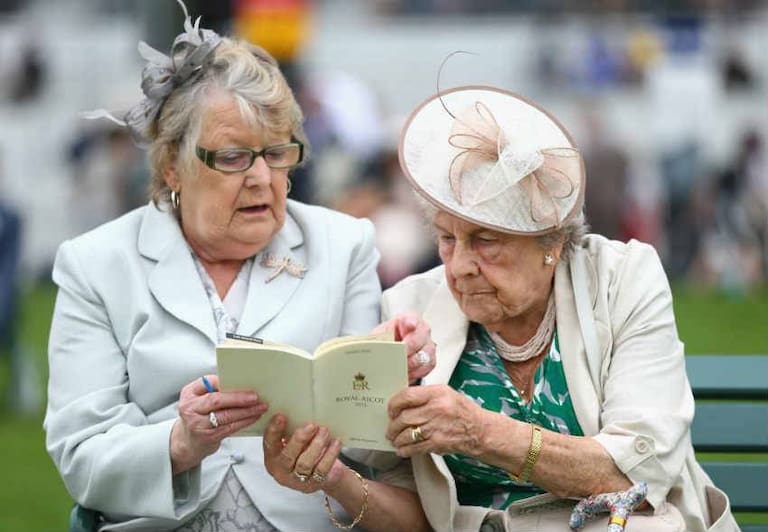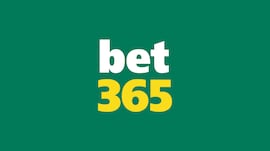
Being able to read a racecard is vital for those who are serious about making profit from their horse racing betting. It gives you all sort of information to aid with your betting so let’s take a closer look at the key sections.
Race Details

The first thing to understand from a racecard is the sort of race that it pertains to. This includes basic information:
- Where is the race
- Date & time of the race
- Length of the race
- Name of the race
- Type of race, whether it’s a flat race, a hurdle, a steeplechase, etc.
- Class grade of the race
- Age of the horse
- Weight of the horse

On the right top part (B) you can find more info about the race as:
- Prize Money– how much will the winner of the race win
- No. of runners
- Going – firmness of the ground, which ranges from heavy to firm ground
- No. of fences or hurdles to be faced
- Each way betting terms
Punters should pay close attention to the grade of a race (is it a Group race or a handicap for example) any qualifying conditions such as age or sex, the number of hurdles or fences to be faced and the prize money on offer.
Horse and Rider Information

Once you understand what sort of race you’re looking at, it’s time to take a look at the runners and riders.
Here you will find the following valuable information:
- Number of Horse
- Small No. in bracket – which stall a horse is drawn in
- The smaller numbers below the horse number are the form figures which represent the finishing positions of the horse’s most recent races with the most recent one being shown on the right. So from the example above. horse 1 ‘Scentasia’ finished 5th on it’s last run and won the time before that.Numbers represent finishing positions and letters show other outcomes as follows:
- 0 – Did not finish in the first 9
- F – Fell
- U – Unseated Rider
- P – Pulled Up (i.e. Did not finish)
- B – Brought Down (i.e. Fell over another horse)
- R – Refused To Race/Jump
- 0 – Did not finish in the first 9
- F – Fell
- U – Unseated Rider
- P – Pulled Up (i.e. Did not finish)
- B – Brought Down (i.e. Fell over another horse)
- R – Refused To Race/Jump
- Silk – The colourful jockeys’ silks help to identify your horse during the race. These are displayed as graphics next to other identifying information
- Horses’ names
- Symbols & boxes beneath the horse name – online notes only, C – the horse won at this same course, D – won over this same distance, the number 18 – the horse last ran 18 days ago
- Small letters – Next to the horses name you may see some small letters which indicate any extra equipment a horse may have fitted. These may include:
- e/s – Eye Shield
- v – Visor
- b – Blinkers
- b1 – Blinkers for the first time
- p – sheepskin cheek pieces
- h – hood
- t – tongue tie
- e/s – Eye Shield
- v – Visor
- b – Blinkers
- b1 – Blinkers for the first time
- p – sheepskin cheek pieces
- h – hood
- t – tongue tie
- Horses’ age
- WGT/OR – Weight the horse is set to carry (in stones and pounds). The number shown under the weight (OR) is the horse’s Official Rating
- Trainer name
- Jockey booked for the ride.
- TS/RPR – on Racing Post racecards we have TS and RPR which stand for Top Speed and Racing Post Rating which are 2 other types of ratings
- Odds – odds of each horse which is the amount you can win for each pound. 15/1 for example means you win £15 for every £1 staked (plus you get your stake back if you win).
Most racecards will also display the official rating of the horses competing. In Britain, this rating is the work of the British Horseracing Authority whose handicappers rate horses after every run.
How to Use a Racecard to Pick a Winner
If you are looking to create a shortlist of horses or pick a winner, you’ll also want to pay attention to the other details found on a racecard.

Racecards will usually rank the horses competing either by their race number or by their odds in ascending order. This shows you what the bookies are thinking whilst the selection of letters next to a horses name including BF (horse was a beaten favourite last time out) and CD (horse is a previous winner of this course and distance) provides helpful hints.
The weight that a horse has to carry – whether due to a penalty or their rating in a handicap – must be thrown into the mix.
Then there’s the all-important form. This is a list of a horse’s most recent performances with a number representing where they finished and other letters such as P (pulled up), UR (unseated rider) and F (fell) showing why the horse failed to complete the race.
Finally, many racecards include a comment from the compiler highlighting what sort of chance the horse is thought to have.









